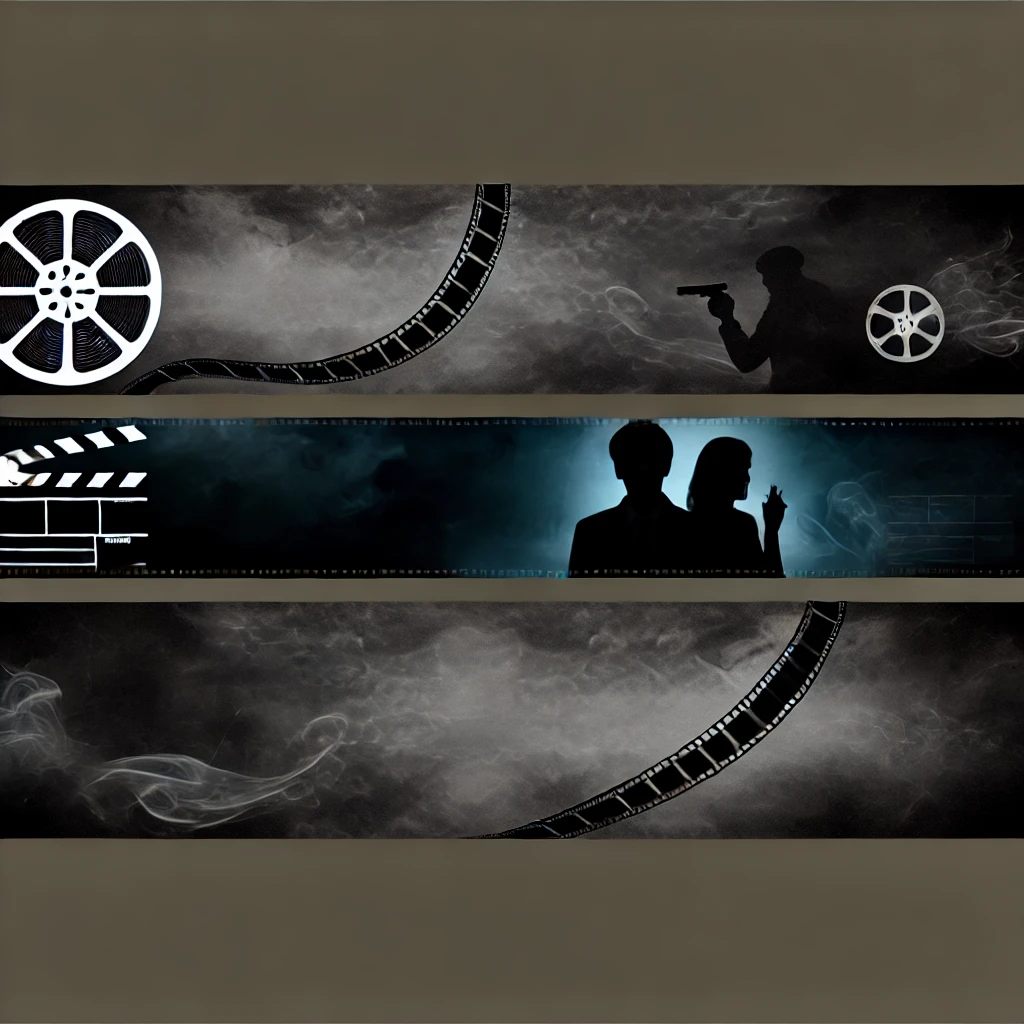Apple TV+’s new thriller Disclaimer, directed by Oscar-winner Alfonso Cuarón, delivers a masterclass in narration and storytelling, blending psychological drama with intricate narrative techniques. Starring Cate Blanchett as Catherine Ravenscroft, a successful documentary filmmaker whose past comes back to haunt her, Disclaimer explores the power of perspective, memory, and manipulation—both within its characters and for the audience.
The Core of Disclaimer: Perception and Truth
At the heart of the miniseries Disclaimer lies the question: how much of what we perceive is truth, and how much is shaped by our biases and beliefs? Cuarón uses voice-over narration in a rare and compelling way to emphasize this. As the series unfolds, it deftly alternates between first-person, third-person, and the seldom-used second-person narration, making viewers question their own interpretation of events.
Meet the Main Cast of Disclaimer
- Cate Blanchett as Catherine Ravenscroft – A successful documentary filmmaker whose hidden past threatens to unravel her carefully constructed life.
- Kevin Kline as Stephen Brigstocke – A grieving father determined to seek revenge for his son’s death.
- Sacha Baron Cohen as Robert Ravenscroft – Catherine’s well-meaning but emotionally distant husband.
- Kodi Smit-McPhee as Nicholas Ravenscroft – Catherine and Robert’s troubled son, struggling with emotional and personal issues.
- Louis Partridge as Jonathan Brigstocke – The young man with whom Catherine had an affair years earlier, whose tragic death sets the story in motion.
- Indira Varma (narrator) – Voicing Catherine’s inner monologue, offering insights into her thoughts and feelings.
The Opening: Setting the Stage for Unreliable Narratives
The show begins with real-life journalist Christiane Amanpour presenting an award to Catherine. Amanpour’s words, “Beware of narrative and form,” foreshadow the thematic core of the series: the idea that storytelling, and the way it’s told, has the power not just to reveal truth but to obscure it. In Disclaimer, perspective is everything. What seems like a straightforward thriller quickly unravels into a complex web of viewpoints, with each episode peeling back layers of the characters’ motivations and secrets.
Second-Person Narration: A Unique Voice in TV Storytelling
One of the most intriguing elements of the series is its use of second-person narration, a technique rarely seen in television. As Cuarón himself noted, “Rarely do you see voice-over in second-person,” and it’s this unique approach that adds a distinct flavor to Catherine’s inner world. Cate Blanchett’s character, though outwardly composed, is haunted by past choices—most notably her affair with a young man, Jonathan Brigstocke, decades earlier.
The second-person voice-over, often presented as if the narrator is addressing Catherine directly, immerses the audience in her personal turmoil, as if they are complicit in her memories and guilt.
Indira Varma’s Narration: A Window into Catherine’s Inner World
Catherine’s narration, voiced by the omniscient Indira Varma, is one of the standout features of Disclaimer. Varma’s voice brings a sharp, almost dispassionate tone to the narration, presenting Catherine’s inner thoughts with a sense of detachment, which mirrors the character’s own emotional distance from the people around her. This stark contrast between what Catherine thinks and what she portrays outwardly creates a palpable tension, driving the series forward.
Kevin Kline’s Stephen Brigstocke: A Voice of Grief and Revenge
Kevin Kline’s character, Stephen Brigstocke, introduces another narrative layer to Disclaimer. His first-person narration adds a deeply personal, vengeful dimension to the story. Stephen is a grieving father who blames Catherine for his son Jonathan’s death, and his internal monologue, narrated by Kline himself, reveals the emotional toll of his loss. Stephen’s decision to publish his late wife’s book The Perfect Stranger, which details Catherine’s affair with Jonathan and the tragic aftermath, is his method of exacting revenge. His narration paints him as a man consumed by grief and driven to manipulate the narrative to make Catherine pay.
Dual Narrations: A Complex Dance of Perspective
The interplay of these two narrations—Catherine’s second-person and Stephen’s first-person—creates a complex dynamic that keeps the audience guessing. As viewers, we are constantly shifting our sympathies between the two, unsure of whom to trust. This manipulation of perspective aligns with Cuarón’s thematic exploration of how easily our beliefs can be influenced. As Cuarón explained, “What Christiane Amanpour says is that the only reason why you can be manipulated is because the one that is manipulating is just hitting into your deeply held beliefs.”
Visual Storytelling: The Role of Cinematography in Disclaimer
The story’s tension is further heightened by its visual language. Cuarón’s collaboration with cinematographers Emmanuel “Chivo” Lubezki and Bruno Delbonnel results in a striking contrast between the four different narrative lines. Each line is distinguished not only by its narration style but also by its unique visual aesthetic, creating a distinct atmosphere for each character’s perspective. Whether it’s Catherine’s polished, controlled world or Stephen’s chaotic, grief-ridden existence, the camera work reinforces the show’s exploration of narrative as a means of manipulation.
Beyond the Mystery: Psychological Depth and Character Struggles
In addition to its layered narrative, Disclaimer also challenges the conventions of the psychological thriller genre by focusing not just on the mystery at its core, but on the internal struggles of its characters. Catherine, while presented as a successful and seemingly perfect figure, is deeply flawed, grappling with the consequences of her past actions. The second-person narration, in particular, helps to underscore her sense of alienation and lack of control, as though she is watching her life unfold from the outside.
Stephen’s Vengeance: A Grieving Father’s Perspective
Meanwhile, Stephen’s first-person narrative allows the audience to see the world through the eyes of a man driven to extremes by his grief. His bitterness and desire for revenge are palpable, and his plot to ruin Catherine is both chilling and tragic. Through these contrasting perspectives, Disclaimer builds a tense atmosphere of distrust, leaving viewers unsure of what the truth is or who to believe.
Conclusion: A Thriller that Challenges the Notion of Truth
As the series progresses, it becomes clear that the central question is not just about what happened to Jonathan Brigstocke, but about the nature of truth itself. By using different narrators and cinematic techniques, Disclaimer challenges the audience to question how much of what they see and hear can be trusted. In this way, Cuarón has created a thriller perfectly suited to the streaming age—one that demands patience and attention, rewarding viewers with a story that is as much about the act of storytelling as it is about the characters themselves.
Disclaimer: A Bold New Take on the Thriller Genre
In a television landscape often filled with formulaic mysteries, Disclaimer stands out for its ambition and complexity. With its bold use of narration, psychological depth, and Cuarón’s masterful direction, the series offers a fresh take on the thriller genre. As viewers, we are left to navigate a maze of shifting perspectives and unreliable narrators, all while grappling with the central question posed by the show: What is truth, and who gets to tell it?

